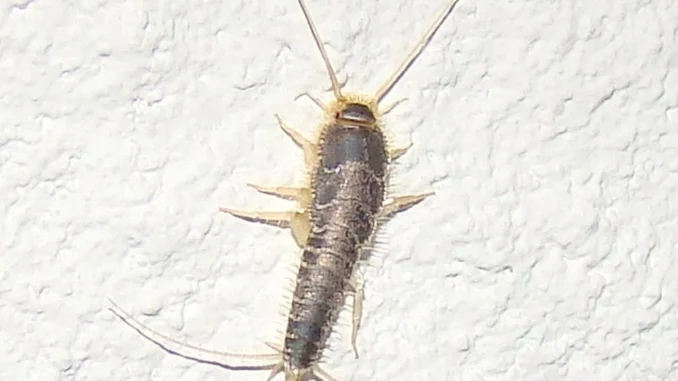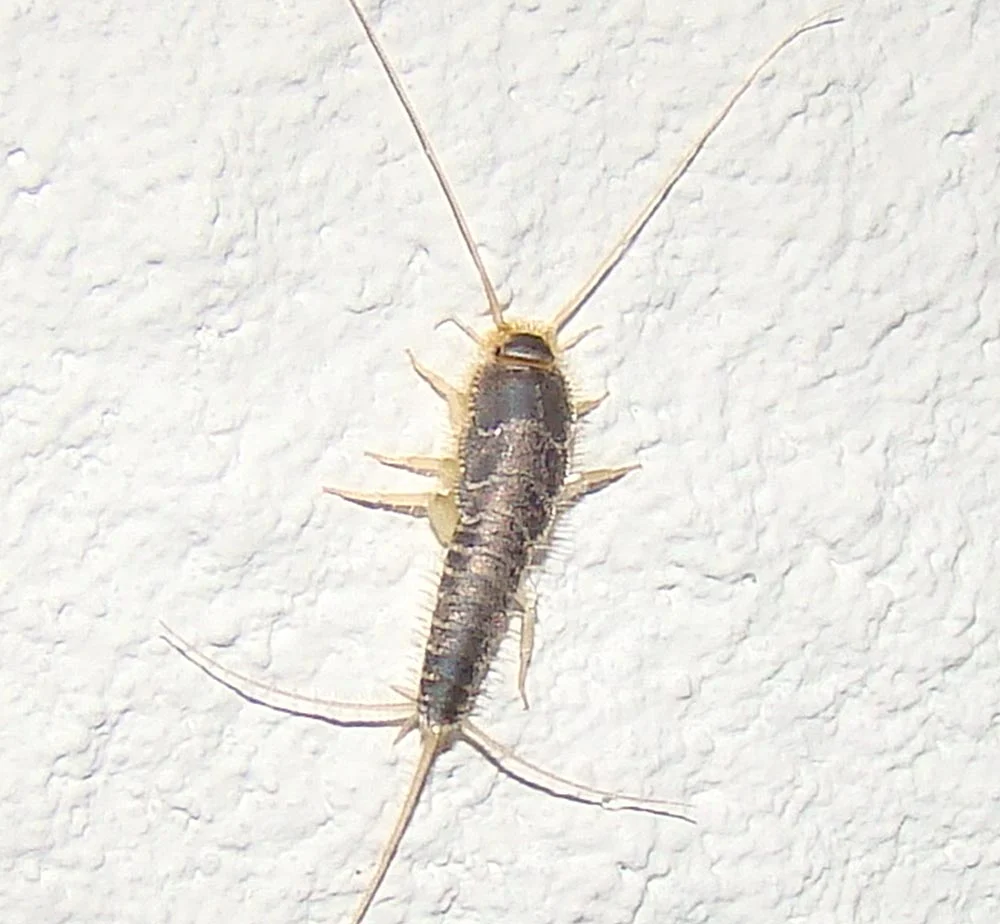
Signs of Silverfish Infestation and Problems in Zimbabwe: A Comprehensive Guide
Are you noticing signs of silverfish or problems in Harare and Zimbabwe? Call 0772593344 for safe, effective and professional services today
Silverfish, those tiny, wingless insects with their characteristic silvery scales and rapid, darting movements, are a common household pest found worldwide, including Zimbabwe. While generally not dangerous to humans or pets, a significant infestation can lead to property damage and create an unsanitary environment. Recognizing the signs of silverfish infestation is the first step towards effective control. This guide provides a comprehensive overview of identifying silverfish presence and addressing related issues specific to the Zimbabwean context.
Identifying Silverfish:
Before we delve into the signs of infestation, it’s crucial to accurately identify the culprit. Silverfish are easily distinguishable due to their unique appearance:
Shape and Size: They are elongated, roughly 1/2 to 1 inch long, and have a flattened body.
Color: They typically have a silvery-grey or pearl-like appearance due to their scales.
Movement: They move incredibly fast and dart away when disturbed, often disappearing into cracks and crevices.
Antennae: They possess two long, delicate antennae at the head.
Tail: Three long, slender appendages project from their rear end (cerci and a median caudal filament).
Signs of a Silverfish Infestation in Your Zimbabwean Home:
Several signs indicate a possible silverfish infestation. Identifying these early can prevent a larger problem from developing:
Sightings: The most obvious sign is actually seeing the silverfish themselves. Look in dark, damp areas, checking corners, behind furniture, and in cluttered spaces.
Droppings: Silverfish leave small, dark specks of excrement that resemble grains of pepper. These are often found near their activity areas.
Damage to Paper Products: Silverfish feed on carbohydrates found in paper, starch, and glue. This means damage to books, wallpaper, photographs, stored documents, and even cardboard boxes is a strong indicator. Look for irregular holes or thinning of paper materials. In Zimbabwe, where many homes still use traditional materials, look for damage to fabrics or even stored grain.
Damage to Textiles: While less frequent than paper damage, silverfish can also feed on fabrics, particularly those containing natural fibers like cotton, linen, and silk. They may target older clothing, stored textiles, or even tapestries.
Damage to Foodstuffs: Although not their primary food source, they can occasionally feed on sugar, flour, and other dry food items, particularly if stored improperly. Check your pantry and stored grains for signs of infestation.
Musty Odor: In extreme infestations, a musty or unpleasant odor might be detectable, particularly in humid areas. This is often associated with the decaying matter they may feed on in conjunction with their droppings.
Factors Contributing to Silverfish Infestations in Zimbabwe:
Several factors specific to the Zimbabwean climate and living conditions can contribute to silverfish infestations:
High Humidity: Zimbabwe’s climate, especially in certain regions, can be humid, providing ideal conditions for silverfish to thrive. Leaky pipes, poor ventilation, and inadequate drainage can exacerbate the issue.
Older Homes: Older homes in Zimbabwe often have cracks and crevices in the walls and flooring, providing perfect hiding places for silverfish.
Poor Sanitation: Cluttered spaces, piles of paper, and inadequate cleaning practices create favorable environments for silverfish to breed and multiply. This is particularly relevant considering the varied storage practices common in Zimbabwean homes.
Food Sources: Improperly stored food, particularly grains and cereals, can attract silverfish. Traditional food storage methods may need to be reviewed in cases of infestation.
Addressing a Silverfish Infestation:
If you suspect a silverfish infestation, consider these steps:
Consider professional pest control: At Pest Portal Zimbabwe, we offer fast, effective and professional pest control services for silverfish control. They can provide effective and targeted treatment options.
Identify and eliminate moisture sources: Repair leaky pipes, improve ventilation, and ensure proper drainage. Dehumidifiers can be beneficial in humid areas.
Clean thoroughly: Regular cleaning is crucial. Vacuum and mop floors, paying special attention to corners and crevices. Discard any infested materials.
Declutter: Remove unnecessary clutter, especially paper and cardboard materials.
Seal cracks and crevices: Use caulk or sealant to seal any cracks or gaps in walls, floors, and around pipes to prevent silverfish from accessing your home.
Preventing Future Infestations:
Prevention is always better than cure. Here are some preventative measures:
Maintain a clean and dry environment: Regularly clean your home, paying attention to areas prone to moisture.
Store food properly: Store all food items in airtight containers.
Reduce clutter: Keep your home organized and decluttered.
Regular inspections: Periodically check for signs of silverfish to catch any infestations early.
Conclusion
By understanding the signs of silverfish infestation and implementing the preventive and control measures outlined above, you can effectively manage this common household pest and protect your home and property in Zimbabwe. Remember Pest Portal Zimbabwe offers fast, affordable and professional silverfish control services. Also, early detection and prompt action are key to preventing a large-scale infestation and the associated damage.


